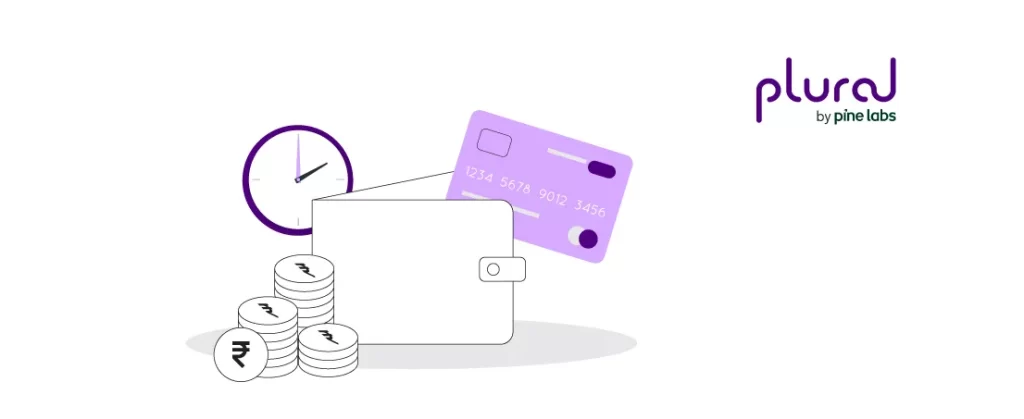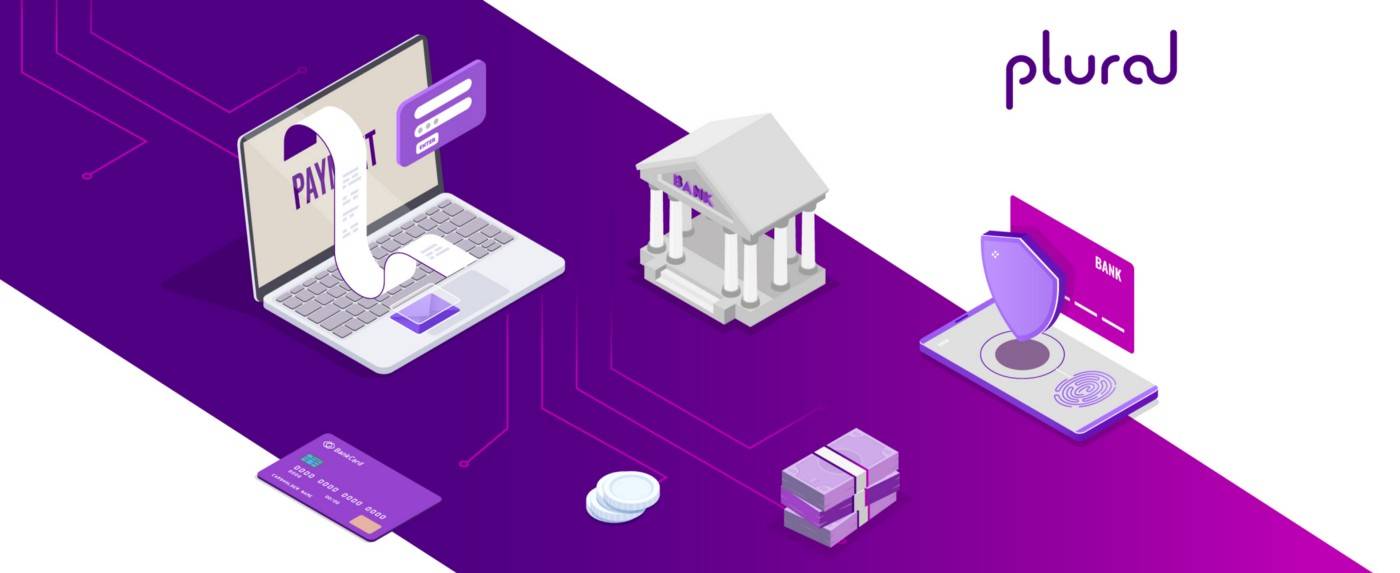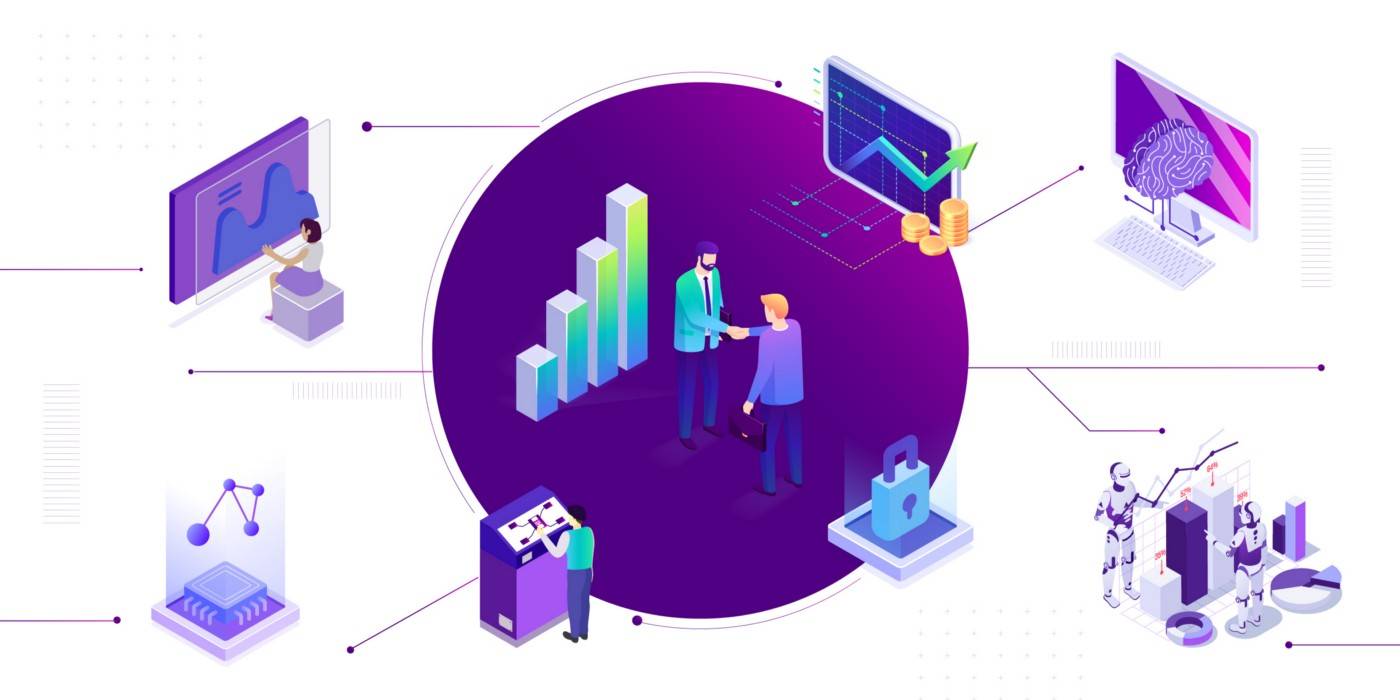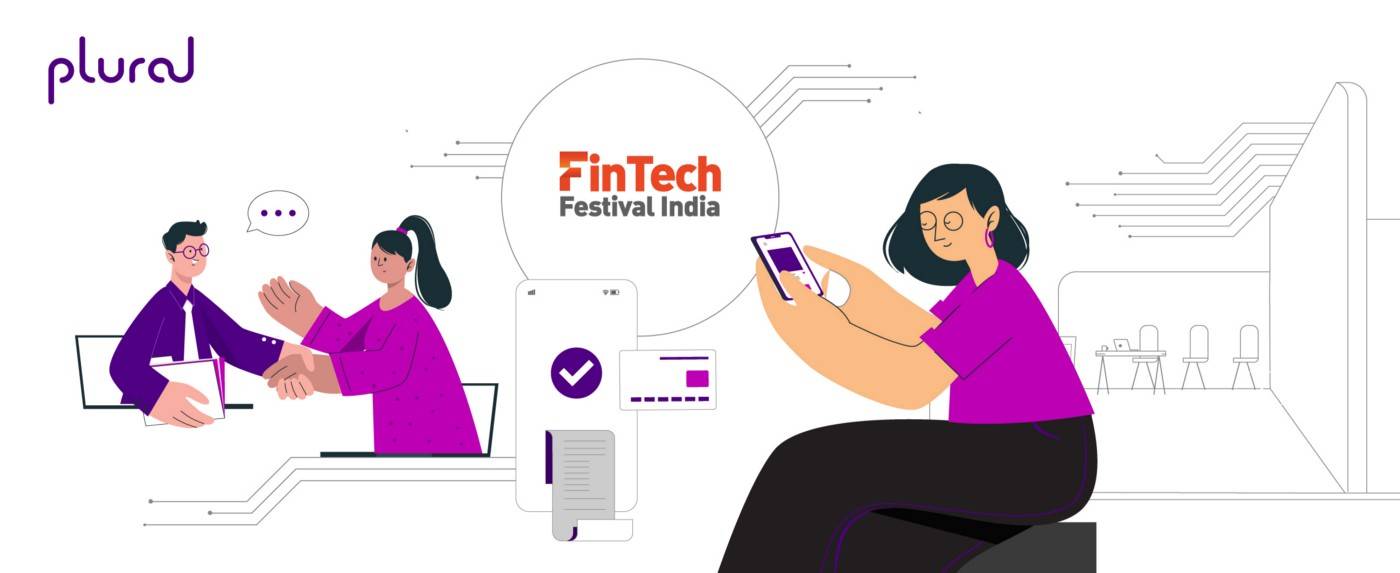People generally associate EMIs with loans and credit cards. Short for equated monthly instalments, they’re a convenient way of converting high-ticket purchases into easy, bite-size instalments. Does this mean debit card holders are deprived of this payment option? Not necessarily! Select banks offer debit card EMI for purchases from certain e-commerce sites. E-commerce players always look for innovative ways to make buying easy for customers. Debit card EMI is one of their latest offerings in this vein.
What is debit card EMI?
A debit card EMI is a payment method customers can use to purchase items without paying the amount in full. Instead, they can convert the price into easy EMIs and pay them over a period.
Banks offer debit card EMI options to account holders in the form of a pre-approved overdraft facility. They pay the e-commerce store on customers’ behalf, who can repay the bank in instalments through their current or savings account linked to it. Thus, they can make purchases with a debit card EMI facility even if they do not have the full amount in their bank account. Some banks that offer debit card EMI facilities are SBI, ICICI, HDFC, and Axis Bank.
Things to know about debit card EMIs
Here are a few features of debit card EMIs that one should know before they start using this facility:
- Banks offer debit card EMI facilities to their existing customers based on their banking transactions, repayment history, relationship with the bank, etc.
- The minimum and maximum transaction amounts may vary from bank to bank.
- The EMI tenure depends on the transaction amount and the borrower’s profile. It typically ranges from 3 months to 36 months.
- The debit card EMI interest rate typically starts at 11% p.a. and can go up to 16%, depending on the profile. Some banks may also offer no-cost EMI for a limited tenure for purchase from leading sites.
- The approval and disbursal of debit card EMIs is quick and easy. However, users do need to submit additional documents to avail of this overdraft.
- Banks may charge a nominal processing fee for providing this facility.
- Users must have a sufficient balance in their account at the time of deducting EMI. Failing to do so can attract heavy charges.
- This facility typically requires no downpayment, security deposit, or blocking of money in the account. However, some banks may put a lien on users’ fixed deposits.
- The offer may be available on particular debit card variants only. Users will need to confirm with the bank whether their card is eligible for this facility.
How does a debit card EMI work?
Debit card EMIs work pretty much the same way as credit card EMIs do. Here’s how customers can avail of this facility:
- First, identify if the product to be purchased is eligible for debit card EMI. This information will be available on the product details page.
- Once confirmed, go to the checkout page. Choose ‘debit card EMI’ from the payment options.
- Various options for tenure and interest rates will be shown. Choose the one that best suits you.
- Customers will be asked to authenticate the payment using PIN or OTP. The order is placed once they enter these details.
- Following approval, the bank will credit the purchase amount to the customer’s account, which will be paid directly to the seller (e-commerce site).
- The bank will recover this amount from the customer with applicable interest over the chosen tenure period.
- If customers have surplus funds, they can make down payments in the middle of the tenure and clear off their loans. However, prepayments and foreclosure may attract charges, depending on the terms and conditions of the bank.
Who is eligible for a debit card EMI?
It’s important to understand that not everyone is eligible for a debit card EMI. Banks determine eligibility based on various criteria. Even for eligible customers, the scheme may be available only on select e-commerce sites and products.
For instance, Flipkart provides the facility to select customers with accounts with SBI, HDFC, ICICI, and Axis banks. Similarly, Amazon provides EMI facilities on HDFC, SBI, Axis, ICICI, Federal, and Kotak Mahindra debit cards. If customers are eligible to purchase with a debit card EMI, the option will automatically show on the payment page. Alternatively, one can check their eligibility via their bank’s SMS banking facility.
Debit card EMI Vs. Credit card EMI
Not everyone may be eligible for a credit card. Their income or credit score may not be adequate for a credit card. In such cases, opting for a debit card EMI is an excellent alternative to make large purchases and repay comfortably in instalments. Like with credit cards, debit card EMIs are also considered a loan and reported to the credit bureau. Thus, they provide an excellent opportunity to build a credit score.
Further, the instalments are directly linked to savings or current accounts and auto-debited every month. So the chance of missed payment is lower. However, the no-cost EMI options are not as common in debit card EMIs as in credit card EMIs. Hence the loan cost may be higher in the former.
Should one opt for a debit card EMI?
Debit card EMIs may be a convenient solution if one does not have a credit card. But make sure to check the interest rates, processing charges, late fees, and other terms and conditions before availing of the facility. Also, customers must be careful to choose the instalment amount and tenure that does not strain them financially. Use a debit card EMI calculator to estimate the monthly instalments before hopping onto the EMI bandwagon.
Offer customers the flexibility of EMI with Plural’s Affordability Suite
Plural’s Affordability Suite enables businesses to make their products and services affordable to customers through various payment options such as EMIs (debit card/credit card/cashless), Pay Later, discounts, and cashback.
With Plural’s debit card EMI facility, businesses can tap into 945 million active debit card users in India to boost their revenue. The low upfront cost will attract buyers from tier two and tier three cities, thus expanding the customer base and scaling the business to new heights.
For businesses looking to offer EMIs to their customers, Plural provides a robust payment gateway infrastructure that is secure and lightning-fast, along with an Affordability Suite that provides countless payment mechanisms, deals, offers, EMIs including debit card EMIs and embedded finance products to customers.
Plural’s Affordability Suite comprises of various payment options available in the market for businesses to be able to make products/services affordable to their customers. These include payment methods like EMI, Pay Later, and offers such as No-Cost EMI and discounts and cashbacks. These options make it attractive for your customers, boosting their average order value and your revenue. Learn more about our Affordability Suite here or write to us at pgsupport@pinelabs.com
Plural by Pine Labs has received an in-principle authorisation from the Reserve Bank of India (RBI) to operate as a Payment Aggregator.

Amrita Konaiagari is a Marketing Manager at Plural by Pine Labs and Editor of the Plural blog. She has over 10 years of marketing experience across Media & Tech industries and holds a Master’s degree in Communication and Journalism. She has a passion for home décor and is most definitely a dog person.




